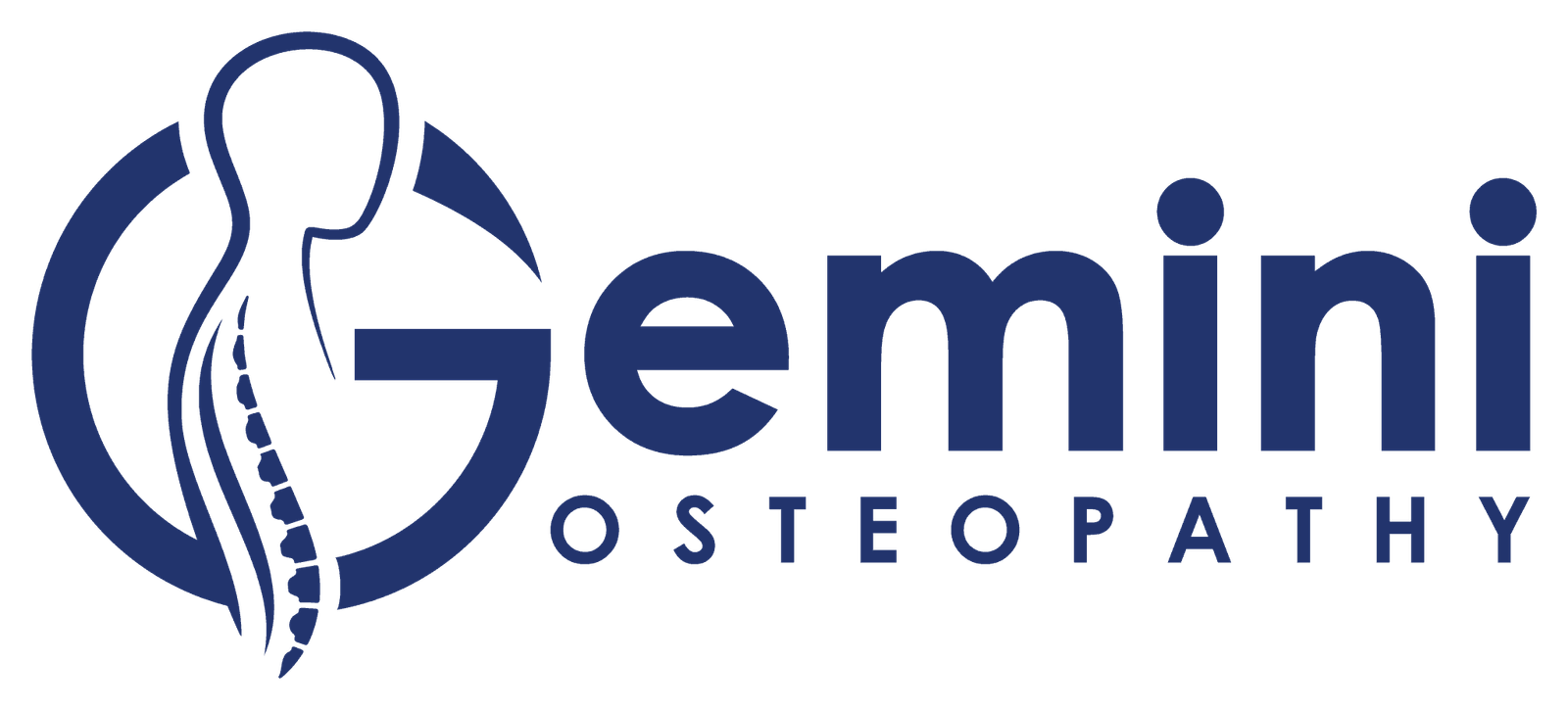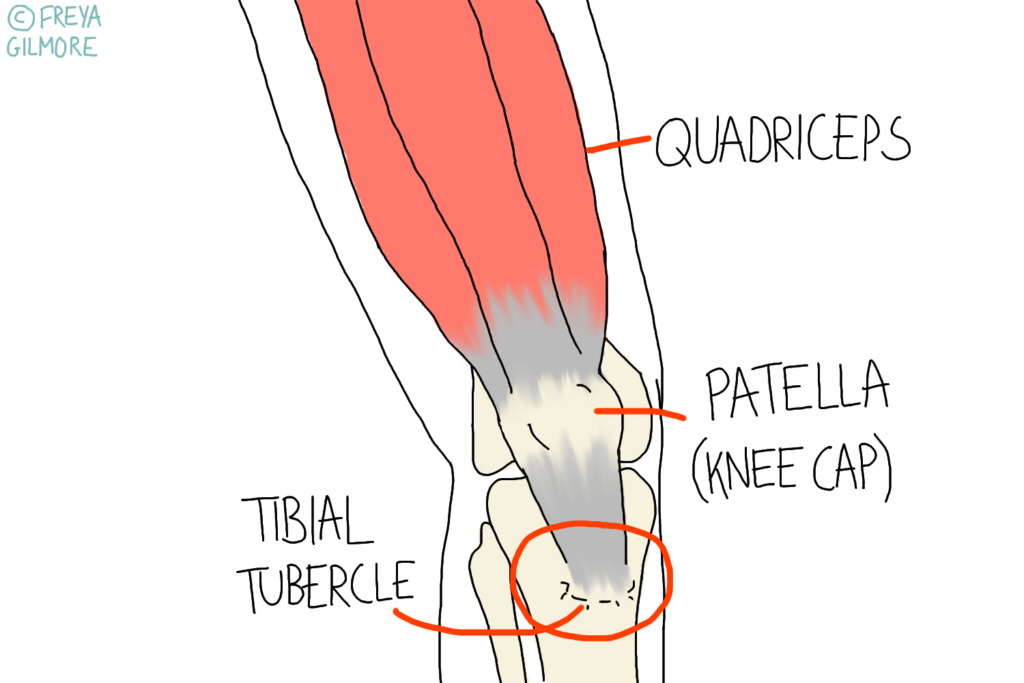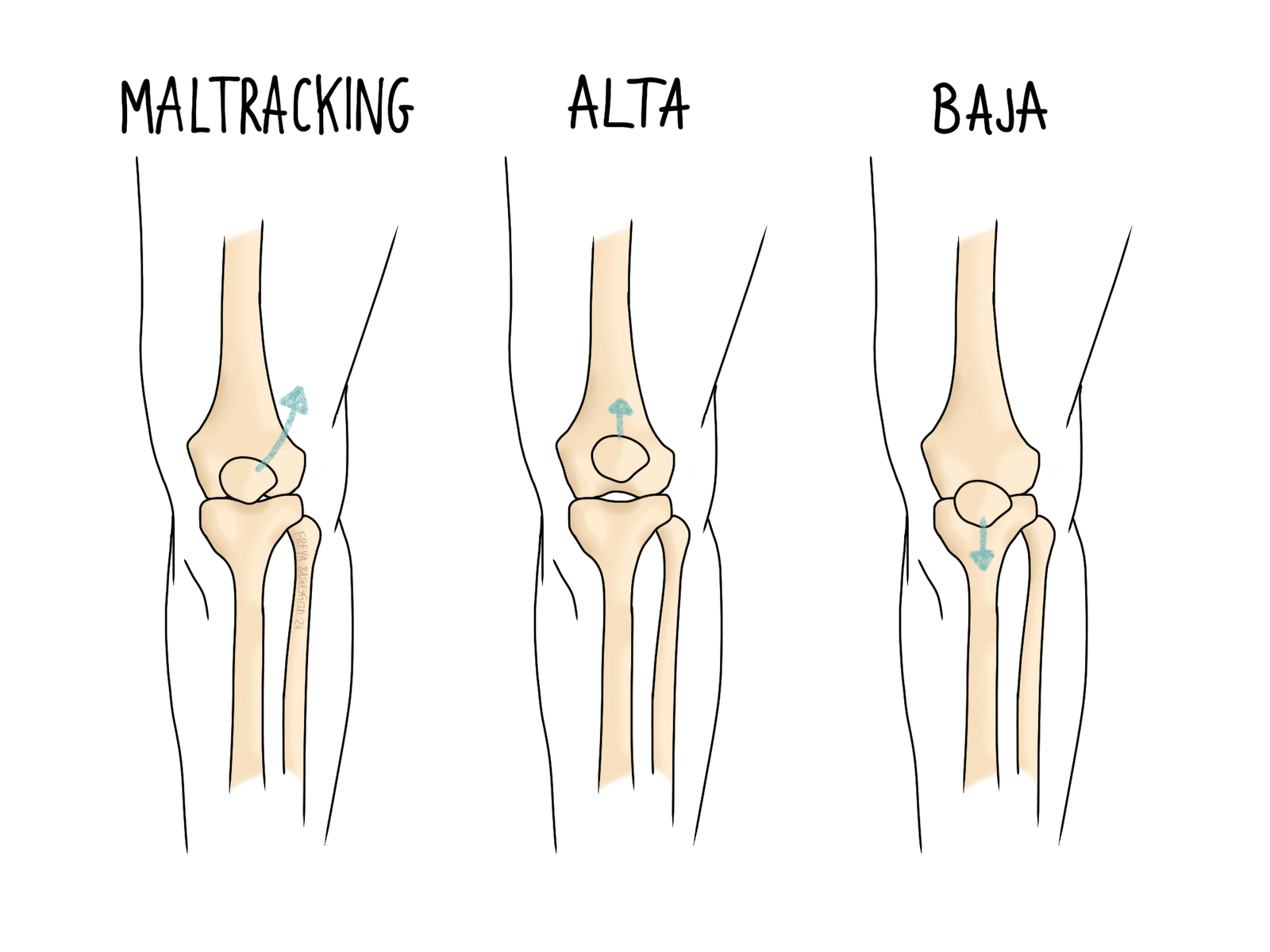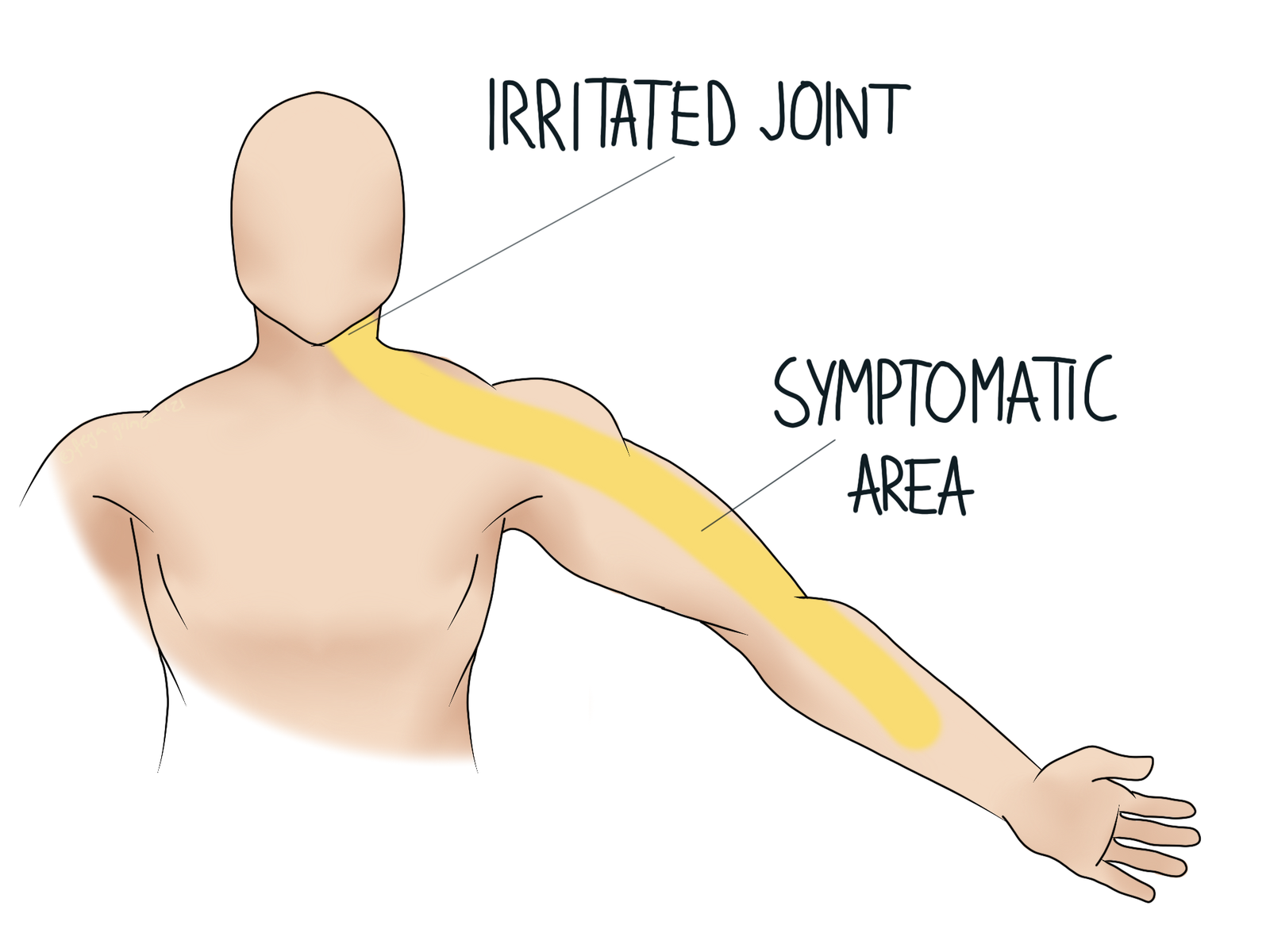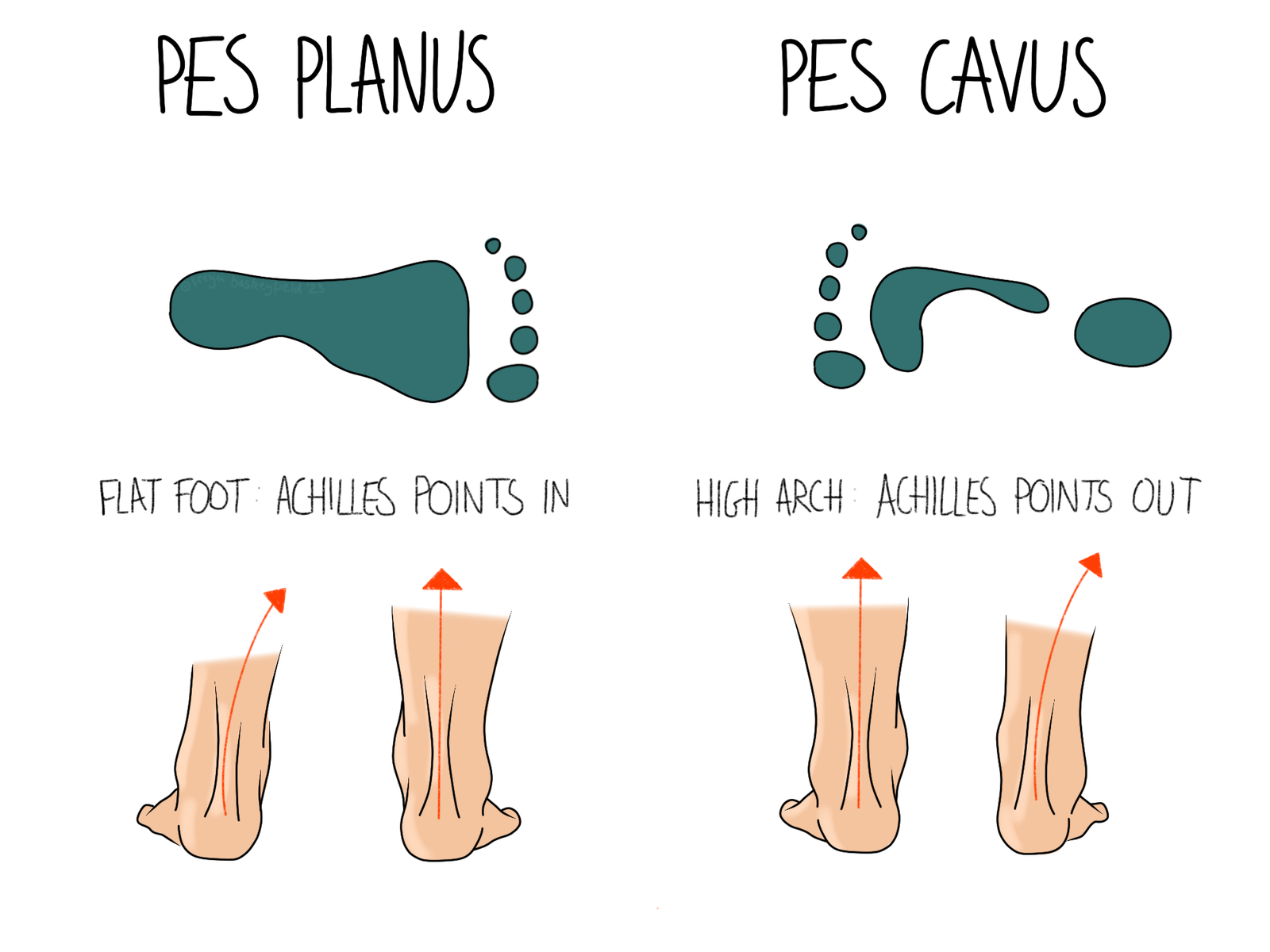The knee cap (patella) is an unusual feat of physics. It's a bone sitting suspended…
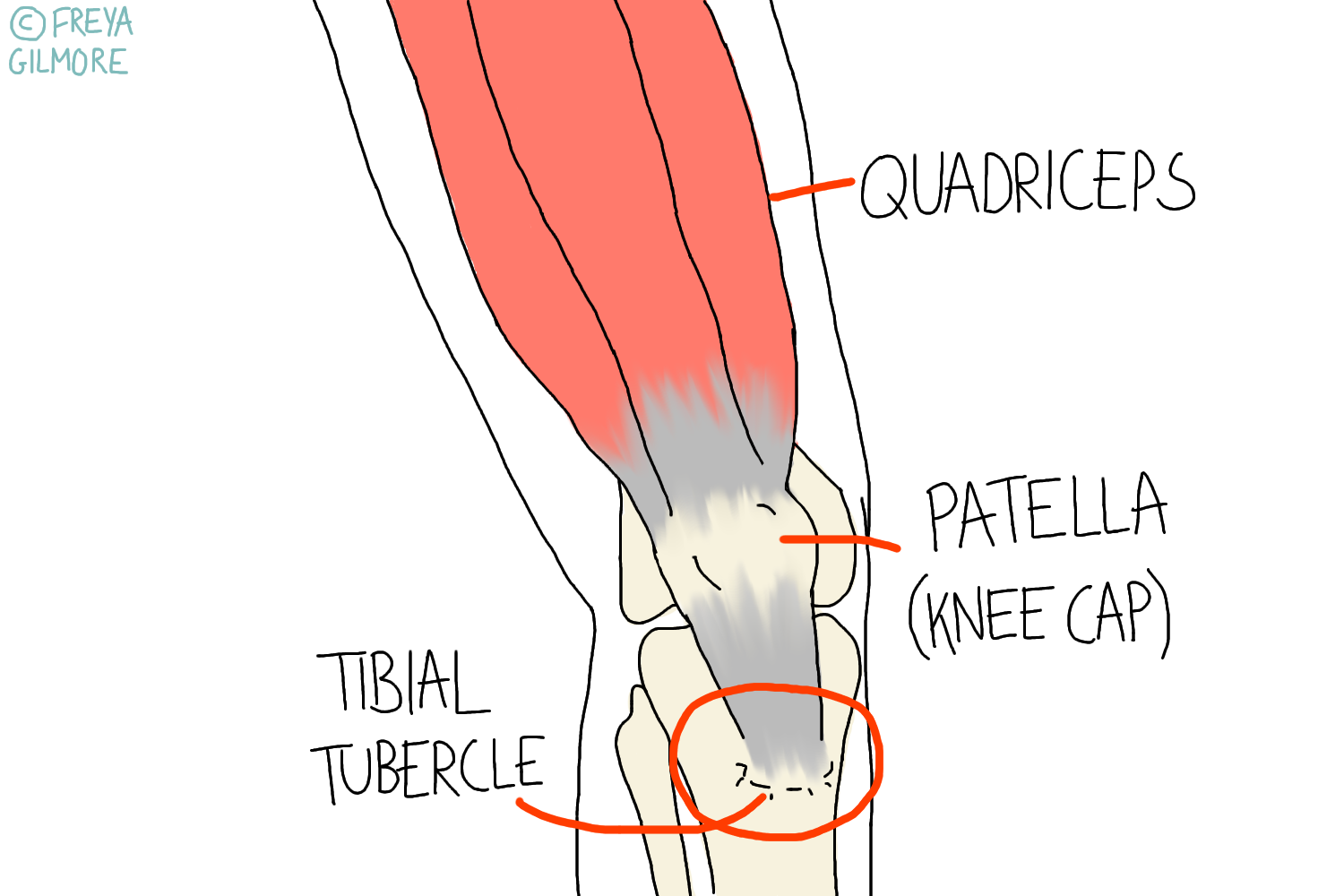
Osgood Schlatter’s Disease
Osgood Schlatter’s Disease is a common condition that develops in adolescence, and self-resolves by the time the skeleton has matured. It can cause knee pain, but for some people the only sign that they ever had it is a bony lump at the base of the knee.
What is Osgood Schlatter’s Disease?
The quadriceps muscles (on the front of the thigh), blend together to form a tendon that encompasses the knee cap before attaching to the shin bone. The point at which the tendon attaches happens to be at a growth plate. This is where new bone comes while the legs are growing. Because the growth plate is relatively soft, excessive pull on the area from the strong quadriceps can cause apophysitis: inflammation of the growth plate. Over time, the pulling can lead to the formation of a lump at the site, which eventually turns to bone. This is permanent, but usually causes no problems at all. Often patients are only made aware of the lump when we find it years later while examining the knee for an unrelated reason. They may or may not recall a history of knee pain that fits the picture of Osgood Schlatter’s Disease- intensity of symptoms does not seem to correlate with the size of the lump.
Symptoms of OSD, and Who’s Affected
The most telling symptom of OSD is the development of a lump at the tendon attachment. While the condition is ongoing, this may be somewhat spongy, but over time it becomes normal solid bone.
For those who have a more uncomfortable experience of the condition, they can expect:
- pain at the base of the knee
- increased discomfort during or after running or jumping
- tenderness when the area is pressed
- possible redness, heat, and swelling over the area
The age at which OSD develops is dependent on skeletal maturity. As girls develop at a younger age than boys, their symptoms typically occur earlier. It would not be unusual for symptoms to begin between the ages of 8-12 for a girl, whereas a boy might not have them until 10-15. Different growth plates in the skeleton mature at different ages, and research suggests that this growth plate would be fully ossified at 17 for girls and 18 for boys. This is why the condition is self limiting: once the area turns to bone, the pull of muscle has less of an effect on the tissues. Any lingering symptoms at this point may be associated more with muscle tension than pressure on the bone itself.
Managing Osgood Schlatter’s Disease
Research continues to show that exercise is the best treatment method for OSD. Although this can be difficult to come to terms with, as often it was exercise that exacerbated the condition in the first place. The emphasis should be on stretching the quadriceps and hamstrings to relieve pressure from the growth plate. We can help with providing, monitoring, and altering these exercises over time. We can also provide hands-on treatment with the aim of further relaxing the muscles in question.
